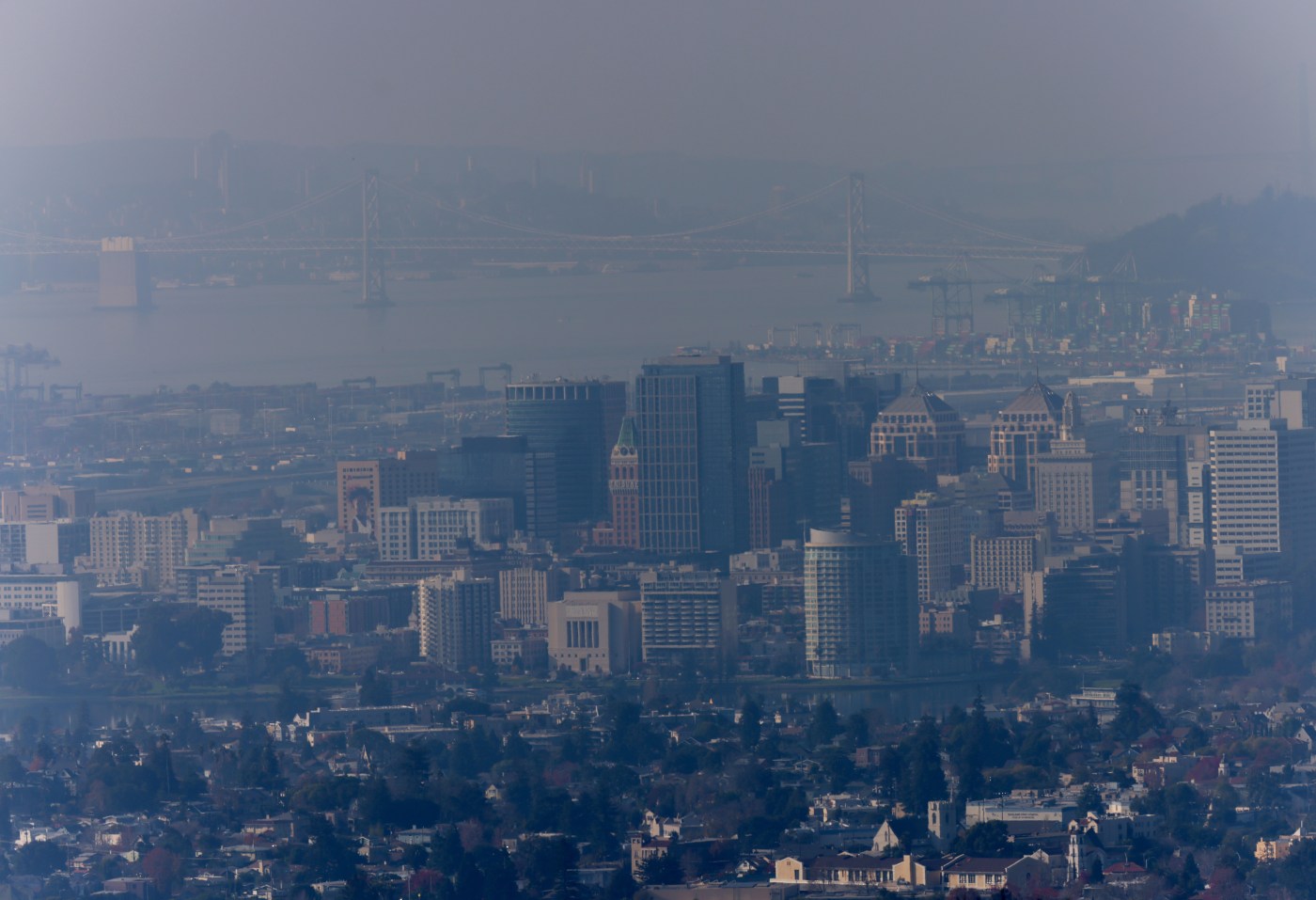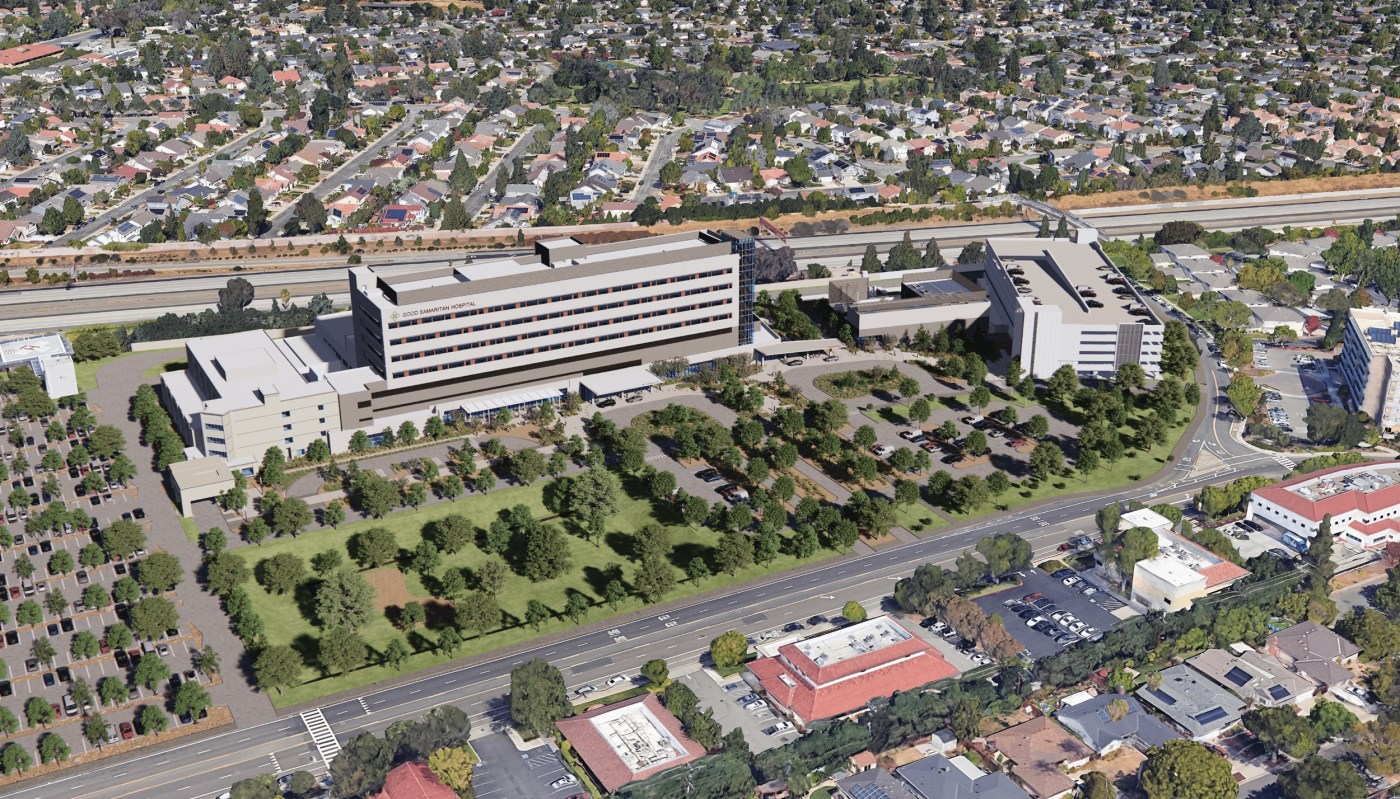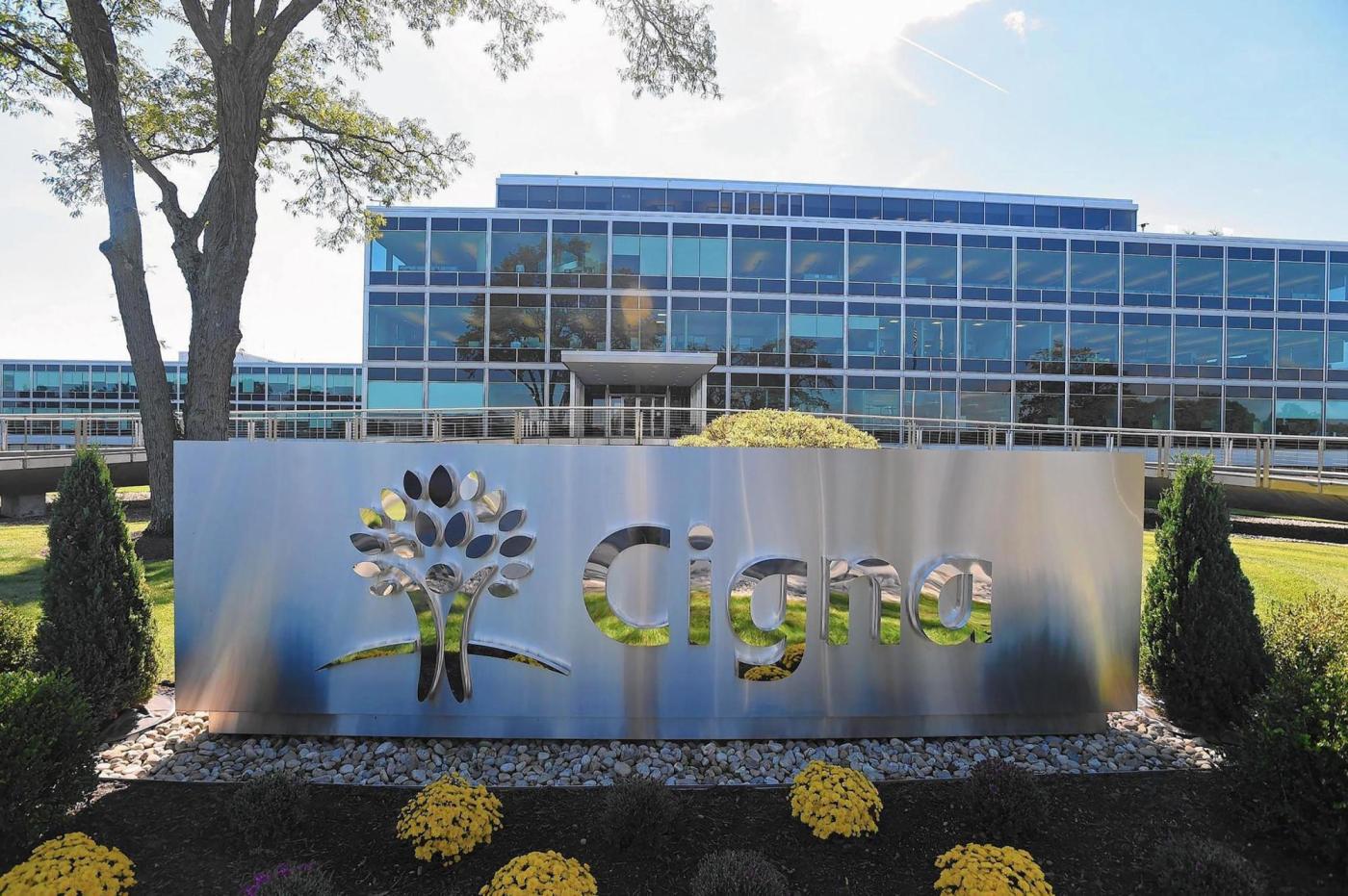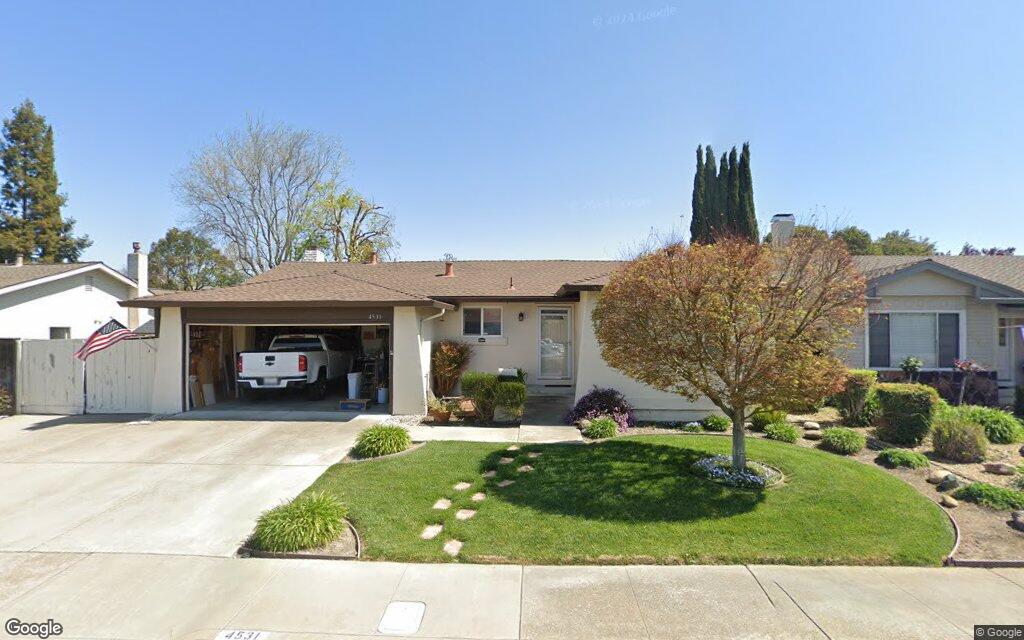The Bay Area Air District will be calling Spare the Air alerts more frequently, the agency announced this month – a move that, while aimed at reducing air pollution, drew fire from Bay Area residents.
On Spare the Air Days, residents are prohibited from burning fireplaces, fire pits or wood stoves. The anticipated increase to some 19 to 41 alerts per year compared with the historic average of 15 sparked concerns on Times-Herald social media, and the Times-Herald asked the district to respond.
Related Articles
A weekend of rain is expected for much of Bay Area. How heavy will it be?
Bay Area weather shifts again, with rain replacing the sun
Pittsburg’s urban forest plan aims to bring shade, cleaner air
Powerful October storm winds down; clear Bay Area weather ahead
Strong storm brings heavy rain, a beached boat, possible tornado to Santa Cruz County coast
Concerns included the financial impact on low-income families; whether the biggest polluters re businesses, not residents; and whether the increase would save lives.
One reader opined that the increase in Spare the Air alerts amounted to “taking away a low-cost fuel source for heating from families who most likely can’t afford their (Pacific Gas and Electric) bill in winter otherwise.”
One of the most important takeaways from the district’s emailed response:
“If a home has an EPA-certified wood stove as its only source of heat, it can be registered with the Air District as exempt from Spare the Air Alert burn bans,” said Aaron Richardson, spokesman for the district.
To register, visit https://airtable.com/appzwsnnifiKR1m4Q/shrMD3nWDKHxBYph9 Also, PG&E has a number of programs offering financial assistance with bills. https://www.pge.com/en/account/billing-and-assistance/financial-assistance.html
According to Richardson, “Fireplaces themselves are extremely inefficient sources of heat and can actually make a home colder by pulling warm air up the chimney.”
Also, the spokesman said, there are costs associated with wood stove heating; many homeowners will not have a free source of wood, and even if they do, there are labor and maintenance costs associated, along with the health costs related to wood smoke exposure.
Even assuming a free source of wood and frequent burning, the added cost for using another source of heat on the additional burn ban days would be “very small,” Richardson said.
It would amount to less than 1 percent, or between 0.014 to 0.060 percent of the average of the bottom fifth of household income in the Bay Area – or $1.89 to $46.40 annually per household – for the 3 percent of Bay Area households who burn at least once a week according to census data.
“This lower Spare the Air Alert threshold was partly adopted in response to recommendations in clean air plans that were developed in conjunction with the West Oakland and Richmond communities, which have substantial economically disadvantaged populations,” Richardson added.
Low-income and minority residents in the Bay Area breathe and live with far more than their share of industrial and traffic pollution, according to analyses of the region’s environmental disparities.
Residents in neighborhoods closest to the pollution have higher lifetime cancer risks, greater rates of asthma and other breathing ailments, and, typically, less access to health care.
Moving to the second concern: A reader asserted, “The biggest contributors to these types of emissions are businesses, not individual households.”
In response, “While it’s true that wood burning contributes about 14 percent of fine particle emissions in the Bay Area on a full year basis, in the peak winter months between the beginning of December and the end of January it is the single largest source, producing about 34 percent of emissions,” Richardson said.
On some winter days in certain locations in the Bay Area, the spokesman said, that number can reach significantly higher percentages.
“Every reduction in fine particle pollution is important because there is no safe level of exposure,” Richardson said.
Finally, one reader challenged, “Publish the model used by the District to conclude the decrease in mortality and morbidity. You will likely find no real lives will be saved, rather some calculated possibility indicated there is a chance some lives might be saved.”
Richardson noted that many health studies indicate that fine particle pollution is associated with a host of health problems such as higher incidence of heart attacks, strokes, cancer and dementia.
“Our analysis indicates that fine particle pollution from residential wood burning in fireplaces and wood stoves leads to 94 to 210 premature deaths per year in the Bay Area. (Additional information about this modeling can be found in the Air District’s Woodsmoke White Paper, specifically Appendix B.),” Richardson said.
According to the district’s estimates, if unabated, residential wood burning on the additional Spare the Air Alert days would emit between 43 and 155 tons of fine particle pollution per year. Eliminating all wood burning would reduce fine particle pollution by about 1,361 tons per year.
“We plan to do further health analyses relating to fine particle pollution as we prepare an attainment plan for the more stringent annual fine particle concentration threshold that the U.S. EPA adopted a year or so ago,” Richardson said.
The spokesman added, “Fine particle pollution is a significant health issue in the Bay Area, and wood burning is a serious concern in the wintertime, especially for people with asthma or other cardiorespiratory issues who live in neighborhoods that experience a lot of wood smoke impacts.”





